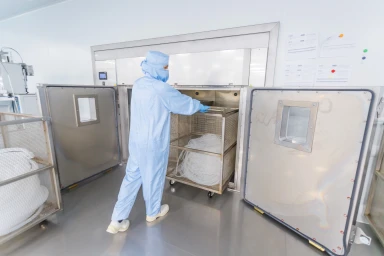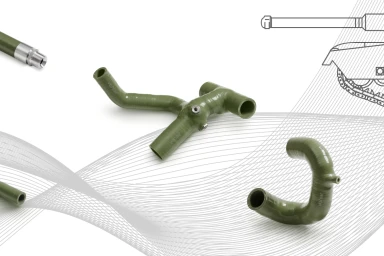From Lab to Injection: The Comprehensive Vaccine Production Process
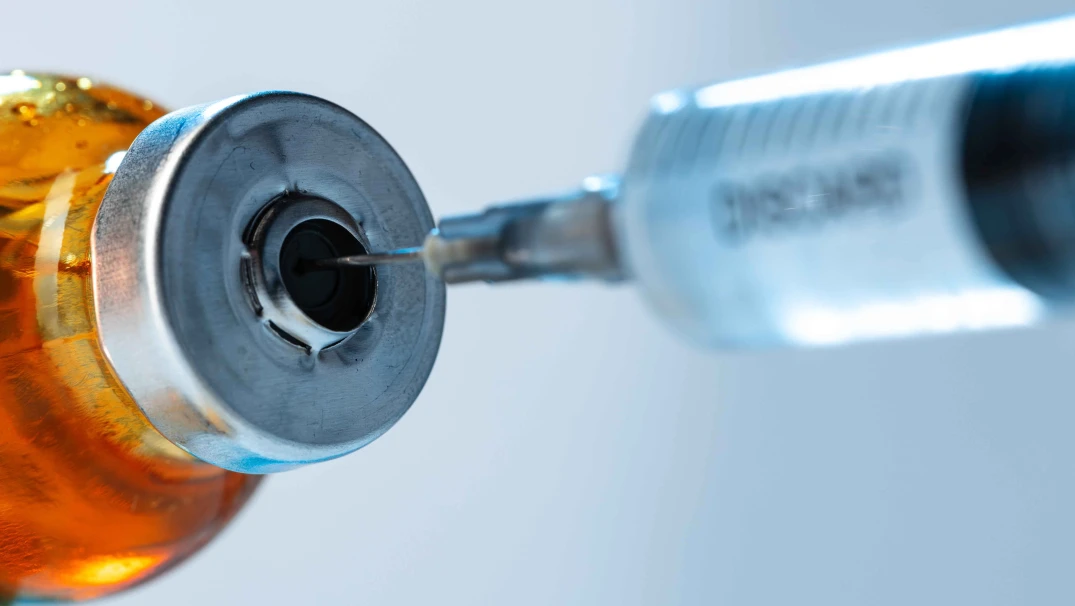
Vaccine production is a critical and complex process that requires the use of advanced technologies and materials. Bioprocessing companies such as Venair play a crucial role in the manufacture of vaccines by providing the necessary tubing and bags for the transport and storage of biological materials.
In this article, we will discuss the key steps involved in the production of vaccines, and how silicone tubing and polyethylene 2D bags are used in each step.
How is the procedure for the production of vaccines?
Step1: development of candidate vaccine
The first step in vaccine production is the development of a candidate vaccine. This involves the identification of a target antigen, the substance that triggers the immune response, and the creation of a vaccine that effectively stimulates the immune system to produce antibodies against that antigen. This is typically done through the use of a viral or bacterial vector, or by using genetic engineering techniques to create a recombinant protein.
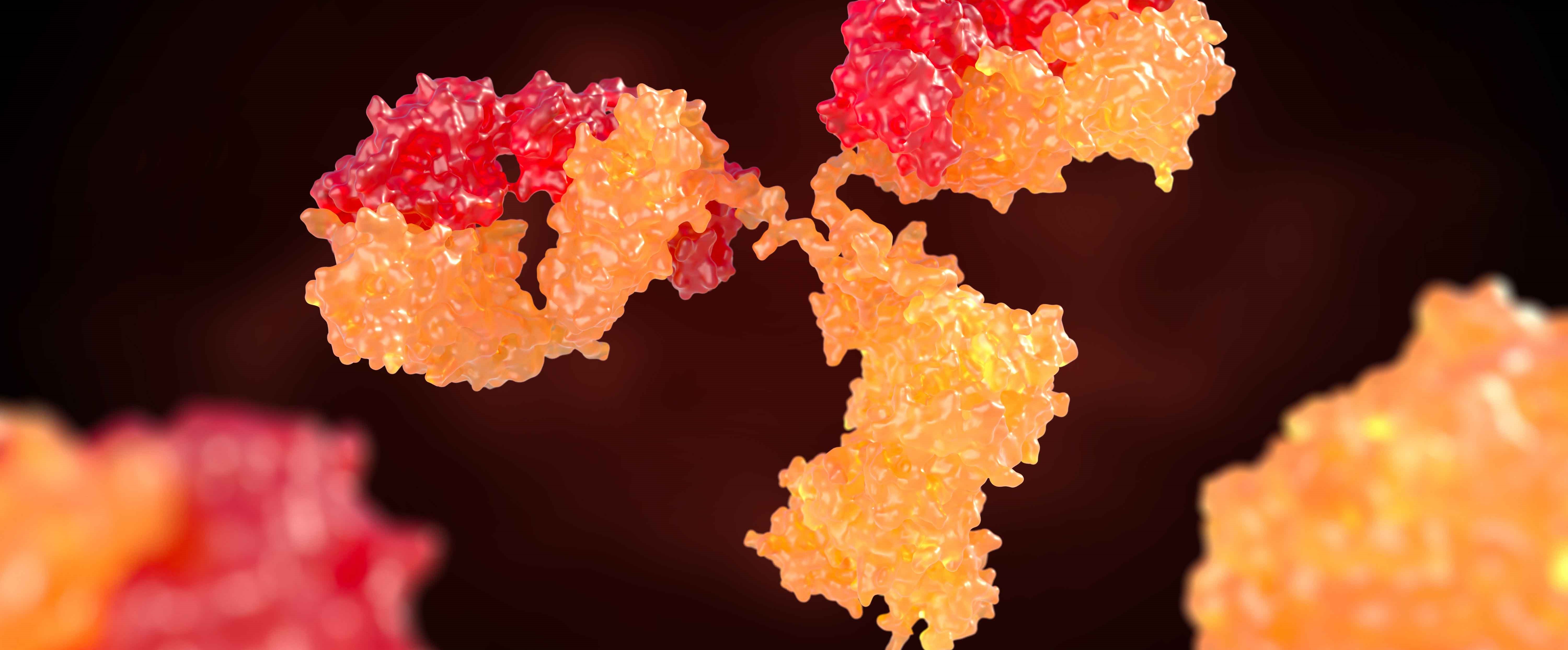
Step 2: extensive testing to ensure its safety and effectiveness.
Once a candidate vaccine has been developed, it must undergo extensive testing to ensure its safety and effectiveness. This includes laboratory testing on cell cultures and animals, as well as clinical trials on human volunteers. The data from these tests is used to inform the design of large-scale production.
Step3: manufacture de bulk product.
Once the vaccine has been approved for production, the next step is to manufacture the bulk product. This involves growing the viruses or bacteria used in the vaccine, or expressing the recombinant protein in a suitable host organism. The resulting biological material is then purified and concentrated to create the final vaccine product.
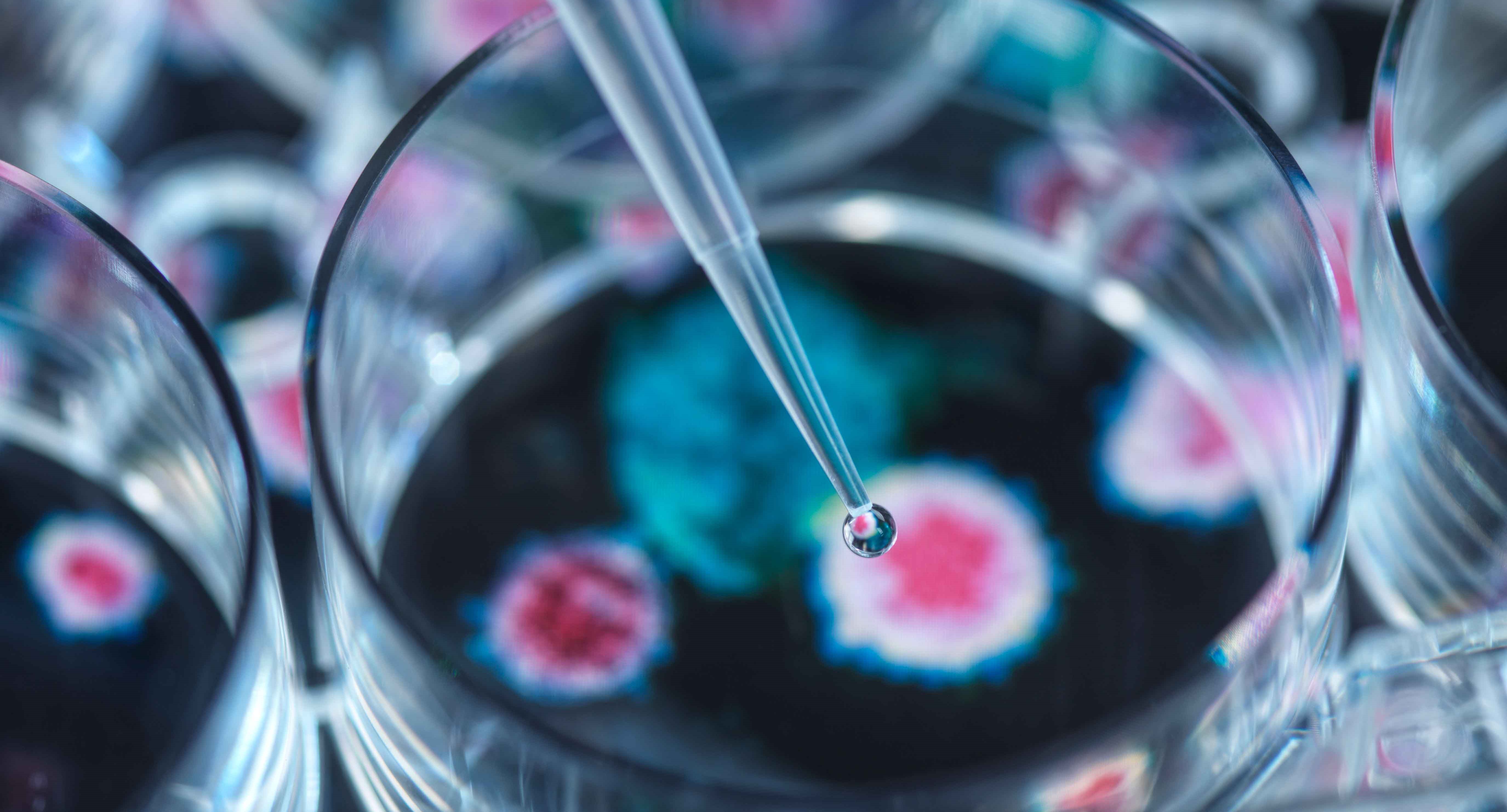
Key material of the process
Silicone tubing is commonly used in the production of vaccines to transport the biological materials between different stages of the manufacturing process. It is ideal for this use because it is chemically inert, and can withstand high temperatures and pressures, making it suitable for use with a wide range of biological materials.
Another key material used in vaccine production is the 2D polyethylene bag. These bags are used for the storage and transportation of biological materials in the vaccine manufacturing process. The bags are made of polyethylene, a material that is chemically inert and biologically safe. They are also sterile and can be used for the storage of the final vaccine products.
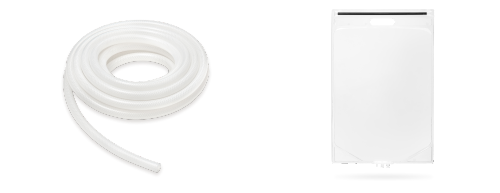
Final Step: Packaging, distribution and transport.
Finally, the vaccine is packaged and distributed. The most common way of storing and transporting vaccines are in glass vials. These are filled with the final vaccine product and sealed with a rubber stopper. These vials then placed in cardboard boxes lined with insulating material for transport.
Conclusion
In summary, the production of vaccines is a complex process that involves multiple steps, from the development of a candidate vaccine to the final packaging and distribution of the product. Bioprocessing companies like Venair play an important role in this process by providing the necessary tubing and bags for the transport and storage of biological materials. The use of silicone tubing and polyethylene 2D bags in the vaccine production process ensures the safe and efficient manufacture of these life-saving products.
